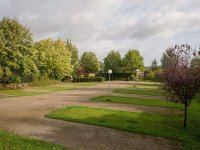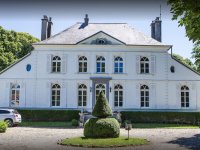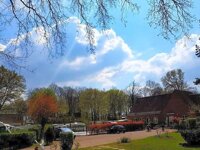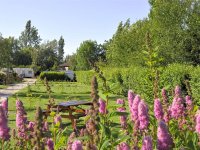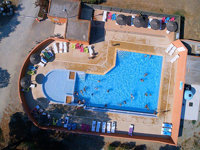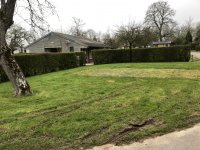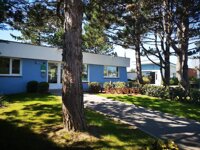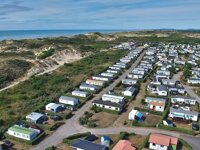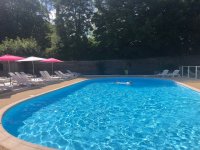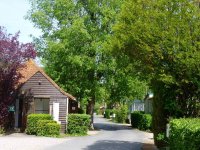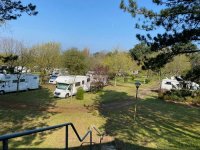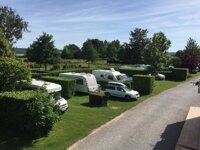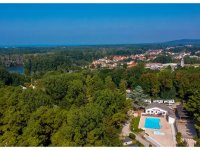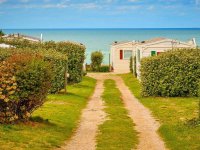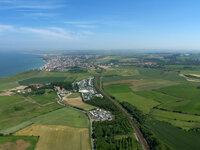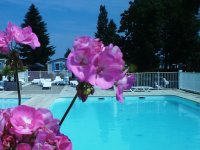Camping in Nord/Pas-de-Calais
24 campsites in France, Nord - Pas-de-Calais
Campsite Listing Google Map
The following consent is required:
Tracking & performance, Targeting & advertising.
Nord/Pas-de-Calais
Nord/Pas-de-Calais, with its lush countryside and market towns, is much more than just a stop-off en route to or from the ports. The peaceful, rural, unspoilt charms of the region provide a real breath of fresh air.

It is most likely that you will both arrive and leave France via this region through the ports of Calais or Boulogne, whether by ferry or via the Tunnel. Centuries of invaders from the north as well as from Britain have influenced the development of the area and from a more recent age, the region around Flanders and the Somme is imprinted with the battles of two Great Wars. The area, however, is predominately rural. Inland and south are long vistas of rolling farmland broken by little rivers and well scattered with pockets of woodland.
The coastline is characterised by sandy beaches, shifting dunes and ports. It is a quiet and sparsely populated area with peaceful villages and churches that provide evidence of the glorious achievements of French Gothic architecture. Boulogne is home to Nausicaa, the world’s largest sea-life centre and from Cap Griz-Nez you may be able to see the White Cliffs of Dover. There are also many huge hypermarkets where you can stock up on wine, beer and cheese.
The Pas de Calais region is often overlooked as a tourist destination, simply passed through on the way to another part of France. But this area has a lot to offer visitors, from natural scenery and bustling seaside resorts to battlefields and historic towns. Much of the space between Calais and Boulogne is part of a natural park, including the Opal Coast, where communes such as Wissant and Wimereux sit amongst 120km of sandy beaches, dunes and cliffs.
Pas de Calais’ battlefields can be explored via the Remembrance Trails, a network of tracks that span the countryside and follow various aspects of the war. But the First World War is not the only conflict this region has seen – the battles of Agincourt and Crecy also took place here during the Hundred Years War. In contrast to these desolate sites, Pas de Calais has a number of beautifully maintained gardens with diverse species of trees and flowers, fine topiary, duck ponds and winding paths.
The Bas Pays is fairly gentle terrain, making for easy walking and cycling, while the Haut Pays is a more undulating, beginning from the Ardennes mountains and extends into the Boulonnais.

Places of interest
Arras: on the River Scarpe, has beautiful 13th- and 14th-century houses and the lovely Abbey of Saint Vaast.
Boulogne: best entered by way of the lower town with the 13th-century ramparts of the upper town in the background. The castle next to the Basilica of Notre Dame is impressive.
Lille: Palais des Beaux-Arts; Cathedral; Sunday market; Euralille shopping complex.
Le Touquet: pleasant, all-year-round, coastal resort town with six miles of sandy beaches.
Cuisine of the region
Hearty stews and game from the forests of the Ardennes feature strongly, and in the north beer is commonly used in dishes such as carbonnade flamande.
Caudière (Chaudière, Caudrée): versions of fish and potato soup.
Croquelots or Bouffis: lightly salted and smoked herring.
Gris de Lille: a really salty square of cheese with a strong smell.
Hochepot: a thick Flemish soup with virtually everything in it but the kitchen sink.
Waterzooï: a cross between soup and stew, usually of fish or chicken.
